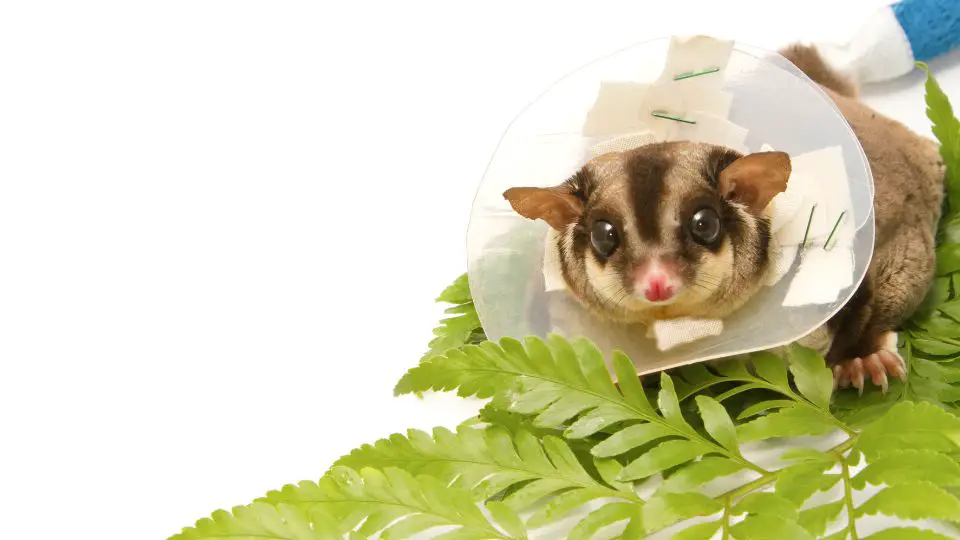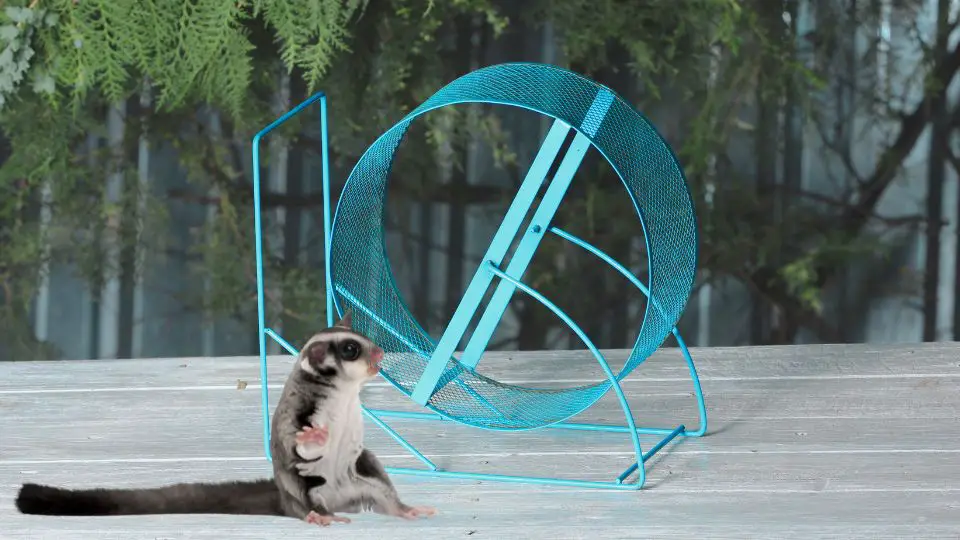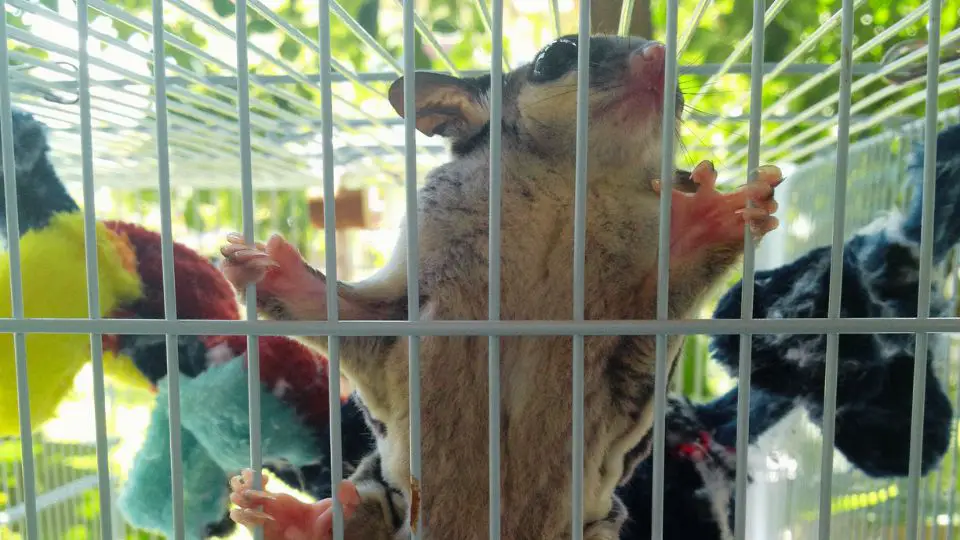In this article, we’ll discuss whether or not it’s safe to take your sugar glider for a walk. We’ll also cover the dangers of leashes on sugar gliders.
If you do decide to put a leash on your glider, make sure you supervise the walk closely. Also, you should try playing with your sugar glider separately before introducing it to your dog. This will help prevent the two from being startled by each other’s sudden movements.
Can you put a leash on a sugar glider?
Though they are often kept as pets, sugar gliders are not typically leash-trained. This is because they are very active and curious creatures that need a lot of space to explore. In addition, sugar gliders have a strong instinct to climb and jump, so a leash would likely limit their movement and cause them distress.
If you do decide to leash-train your sugar glider, it is important to use a harness that is specifically designed for them. This will help to ensure their safety and comfort while they are on the leash. With patience and consistency, you may be able to successfully leash-train your sugar glider.
However, it is important to remember that this is not the natural way for them to live, so it is best to provide them with plenty of space to roam free.
Can you put a collar on a sugar glider?
Now, you might be wondering if you can put a collar on a sugar glider. And the answer is, yes, you can! However, it’s important to make sure that the collar is tight enough so that it turns on the neck, but there is some resistance there.
This will help to prevent the sugar glider from getting loose and possibly getting hurt. So if you’re thinking about putting a sugar glider collar on your pet sugar glider, go ahead and give it a try! Just be sure to keep an eye on them to make sure they’re safe and sound.
You might have heard of e-collars. These are devices that sugar gliders wear to prevent them from scratching themselves. They are made of a soft material that is comfortable for sugar gliders to wear, and they have a small hook that attaches to the sugar glider’s harness.
The e-collar is adjustable so that it can be worn snugly around the sugar glider’s neck, and it has a detachable strap that goes over the sugar glider’s head. Sugar gliders typically wear their e-collars while they are sleeping, and they can be left on for up to 12 hours at a time. The e-collar is an important part of the sugar glider’s care, and it helps to keep the sugar glider from harming itself.
E-collars are used on sugar gliders for the following reasons:
- For identification purposes
- In case your sugar glider gets lost, the e-collar can help reunite you with your pet
- To help keep your sugar glider from getting hurt if they happen to escape their cage
- Some people use them as a form of training for their sugar gliders
If you decide to put an e-collar on your sugar glider, be sure to monitor them closely to make sure they’re safe and comfortable. And as always, consult with your veterinarian if you have any questions or concerns.

How to put a leash on a sugar glider
If you do decide to put a leash on your sugar glider, there are a few things you should keep in mind. First, it is important to use a harness that is specifically designed for sugar gliders. This will help to ensure their safety and comfort while they are on the leash.
Second, you should be patient and consistent when leash-training your sugar glider. With time and patience, you may be able to successfully leash-train your sugar glider. Finally, remember that this is not the natural way for them to live, so it is best to provide them with plenty of space to roam free.
Are sugar glider leashes dangerous?
If you are planning to buy a sugar glider, you probably have some questions in mind. One of them is, are sugar glider leashes dangerous? Leashes, or harnesses, are not the safest choice for these animals. They can be harmful to their spine, and they can even end up damaging their limbs.
A sugar glider harness can be also quite dangerous. They have skin membranes on their front and back feet called patagiums. These membranes stretch out to allow them to glide. Harnesses and leashes that restrict their movements can seriously injure them. It is important to buy the right harness for your glider so that you can protect them from harm. A harness with too much tight of a fitting strap can be extremely painful for your glider.
Can you take a sugar glider outside?
While sugar gliders can make enjoyable pets, it is important to be aware of their needs before bringing one home. One of the most important things to consider is whether or not you will be able to take your sugar glider outside.
In general, it is best to avoid taking sugar gliders outside, as they are very sensitive to changes in temperature and may become overwhelmed by new sights and smells. However, if you do choose to take your sugar glider outside, be sure to do so in a safe and controlled environment, such as a screened-in porch or aviary.
By understanding the needs of your pet, you can help ensure a happy and healthy relationship between you and your sugar glider.
Can sugar gliders go on walks?
Sugar gliders can go on walks, but you have to be careful. They are very active and curious creatures that need a lot of space to explore. In addition, sugar gliders have a strong instinct to climb and jump, so a leash would likely limit their movement and cause them distress.
Conclusion
Overall, it is best to avoid putting a leash on a sugar glider. They are very active creatures that need a lot of space to explore. In addition, sugar gliders have a strong instinct to climb and jump, so a leash would likely limit their movement and cause them distress.
However, if you do choose to put a leash on your sugar glider, be sure to use a harness that is specifically designed for them. This will help to ensure their safety and comfort while they are on the leash. With patience and consistency, you may be able to successfully leash-train your sugar glider.
Finally, remember that this is not the natural way for them to live, so it is best to provide them with plenty of space to roam free.







